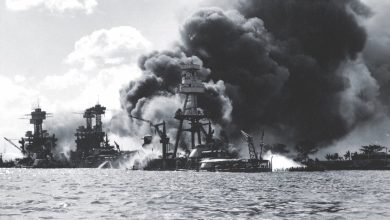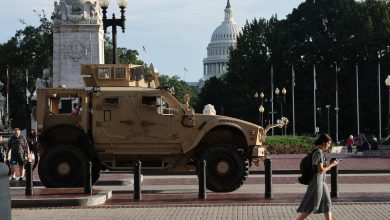The Iconic Commander

In the years following World War II, our government began to evaluate the equipment that was used so recently. One of the suggestions put forth was the idea that our Soldiers might be better armed with a lighter-weight service pistol and one that had a bit less recoil than the old M1911A1. Several companies submitted guns for testing, and Colt was right in there among them.
Its idea was to stay with the proven design of its 1911 pistol, but to shorten the barrel and slide to 4.25 inches. In order to further reduce the weight, it manufactured the frame from an aluminum alloy and chambered the gun in 9 mm. This was one of the first handguns to have a major part constructed from an alloy, and it was also the first gun Colt ever chambered for the European cartridge.
Of course, by 1949 our military decided that it would just stay with the big Government Model. Then, in 1950, Colt simply introduced the shorter pistol the military rejected as the Colt Commander. Other than the original 9 mm chambering, the company also offered the Commander in .45 ACP and .38 Super. A few were even made in 7.65 Luger, but I think these were done for a foreign contract.
Colt may not have impressed the military, but it sure made a hit with civilian shooters and lawmen. My police department, while requiring that we carry revolvers on duty, had no regulation governing what we carried off duty. And, out of 50 officers, I would be willing to guess that 12 to 15 of us packed a Commander. We also did not have a regulation governing backup guns, so if a dangerous assignment arose, we generally were packing the old Commander along with our six shooter.
Then, in 1970, Colt decided that it would also produce the Commander in an all-steel version. The same chamberings were available, but the new gun could also be had with a nickel finish. With this, the original Commander became the Colt Lightweight Commander, and the all-steel version was tagged as the Combat Commander. Over the years, I’ve owned several examples of both guns, in .45 ACP and .38 Super. However, it occurs to me that I have never had a 9 mm in either Commander format, an oversight that I should correct.
One of the holdovers from the early days of firearm manufacturing was the idea that fighting guns didn’t need good sights. On just about all of these handguns—not just the Colts—the front sight was small and skinny, while the small rear sight had a corresponding narrow notch. I never quite figured that out, but such was the case.
The result, of course, at least among serious shooters, was to get some aftermarket offerings that could actually be seen. One of the popular trends you hardly ever see anymore was to have a set of adjustable Smith & Wesson revolver sights installed along with a good ramp front blade. And then, along came Wayne Novak’s fine fixed-rear assembly. Later, companies like XS Sights and others made useful replacement sights available. As a result, our marksmanship improved greatly.
Defensive handguns—Colt Commanders included—rarely came from the factory with a good trigger. By that, we meant that, while the trigger itself was OK, it really needed to be tuned up and have the pull weight reduced. On a Commander used for personal defense, one really doesn’t need a trigger pull much less than 4 pounds, as long as it has a crisp, clean break. And this is one of the many selling points of the Commanders, as well as all 1911s; when properly tuned, they have the best trigger pull a person is likely to find on a defensive semi-automatic.
In about 1972, I was authorized to carry a semi-auto and, of course, my immediate choice was a Colt Commander in .45 ACP. Working as an investigator, I liked the gun because not only was it lightweight, but it was also relatively thin and easy to conceal. For concealment, I generally used a Milt Sparks Summer Special IWB holster or a Yaqui Slide by the same company. In later years, wearing a gun openly, Texas Ranger Joaquin Jackson introduced me to holsters made by retired Ranger Tol Dawson. I wore it on a gunbelt made of soft chap leather.
Nowadays, I often still carry a Colt Commander. It might be a lightweight or an all-steel, and it could be a .45 ACP or a .38 Super. Of course, we’ve had numerous companies offer their versions of the iconic Commander, and most of them are very nice guns. And—bless the gun companies—they have finally gotten around to putting some very good sights on their guns right at the factory. What a novel idea.
When one studies firearm history, it is amazing how many modern guns are built on designs that go back 100 years or more. This is merely an indication that those old inventors knew what they were doing, and knew how to build a winner. The iconic Commander, tracing back to the parent design of 1911, is a good example of that. I can’t imagine keeping house without one.
Read the full article here









